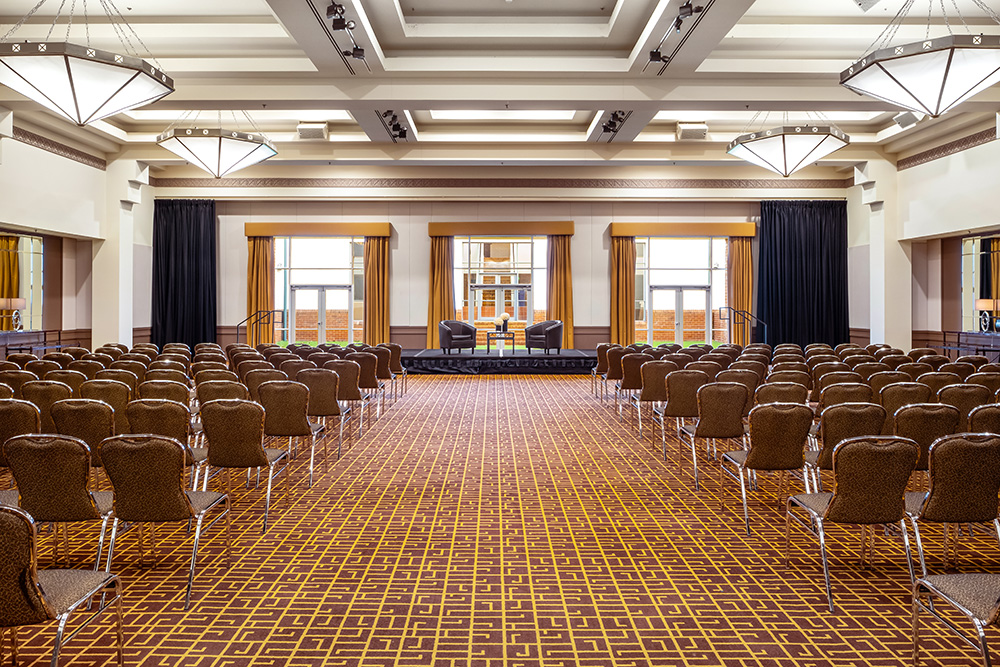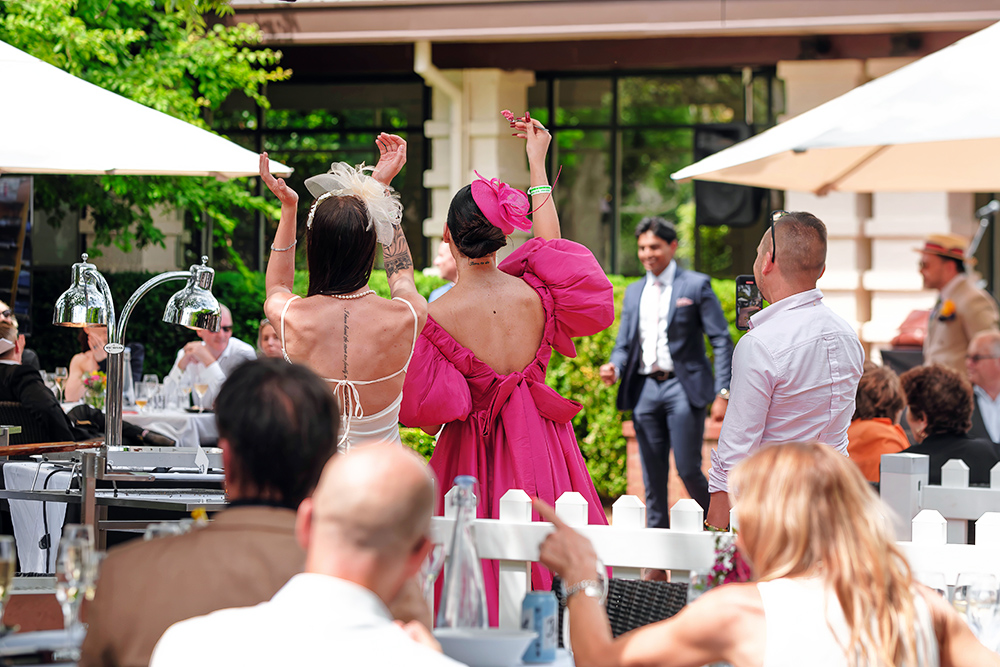Knowing if the water is potable (aka drinkable) in another country is essential for travelers. Drinking water in Thailand is not different from many of the other destinations in SE Asia. Unbeknownst to me, it’s a question Josh asks Google every time we are visiting a new country. I guess I just assume that I’ll be buying water for the rest of my life, so I’m never surprised by this. Alternatively, I am always pleasantly surprised when I can drink tap water in overseas, and it actually tastes good, like in Singapore. However, we also know that drinkable water isn’t the only thing you need to know when heading overseas. So, here we answer some FAQs to help you plan your next visit to Bangkok, Thailand.
Can you trust the drinking water in Thailand?
No. Well, I haven’t, and it seems neither do the locals here. Many people buy bottled water which is not ideal if you are reducing plastics. We found water refill stations are plentiful throughout the city. Our
apartment in Chiang Mai came with two cases of bottled water and a water filter station in the common area. Cost to refill 1L was 1 baht (AUD 0.05) costing us about 2-3 baht per day compared to 20-30 baht for a 1L bottle of water at the convenience store.
While we don’t drink the water from the tap, I have used it to cook food. We boiled noodles for spaghetti and cooked rice with the tap water, and it’s fine. Our rule of thumb is eating hot, fresh food, and it seems to be working for us. We have heard things about not consuming ice either. We typically enjoy a cold drink with ice for lunch or dinner, and we haven’t had a problem with it. When in doubt when it comes to food in a new place, take a
food tour to get acquainted with the local customs.
Visas on arrival
We are dual nationals, meaning that we have two passports; our native-born American passport and our chosen Australian passport. For this trip, we entered the country with our Australian passports which allow a free 30-day visa on arrival.
We found Mary’s blog to be super helpful with her lists of visa-free countries for
Australian and
American passport holders. Mary lays our the information in a snapshot/summary style so you can find your answers quickly along with links and next steps if needed. She also has heaps of information on female solo travel as she has been on the road for 6 years!
Is Thailand safe to travel to?
We felt completely safe walking the streets during the days and especially during the evenings when we would go to night markets. While you are in “The Land of a Thousand Smiles”, Bangkok is a big city, so you need to be mindful of your surroundings.
If you are particularly concerned, I would recommend staying in a hotel versus staying in an apartment or condo. When we first came to Bangkok, we stayed at the
Grand Hyatt Bangkok, and this gave us a sense of security and familiarity. We paid nearly double than compared to what we are paying now, but we were also traveling differently.
Getting around in Thailand
We always recommend purchasing a SIM card, it has made our experience so much smoother to be connected when we need to get around. If you can’t get a SIM card, then we suggest downloading a map from Google Maps. They can be downloaded to your phone, so you can use it when you are offline.
We used a lot of
public transportation (buses) in Bangkok. If you live or have lived in a large city, it will be reasonably easy for you to navigate the train system. We found the trains to be very efficient and the stations were organized with well-placed signs and people to assist you during peak travel times.
If you aren’t so confident, let’s start by getting out of the airport. From Suvarnabhumi Airport you can take the City Line train (located on the bottom floor) which takes you to Phaya Thai, the primary transfer station. A single ticket costs 45 baht per person. Depending on where you are staying in the city, you most likely will need to transfer to the BTS Sukhumvit Line.
Transferring on the BTS
When transferring to the
BTS line, you can either purchase single trips; however, you must know where you are going. We would recommend buying a Sky Train card, or Rabbit Card, which is a multi-pass that you can use to top up later. A Rabbit card will cost 200 baht; 100 baht to purchase card and another 100 baht minimum top-up. You will also be asked to supply your passport to register the card.
We were staying in a
residential area, so we caught three different trains which took us about an hour to get to our place.
Using the Grab app in Thailand would have been easier, and with traffic, it would have made the same amount of time. The app estimated cost would be 400-500 baht, about the same price as the train but in the long run, the train still was cheaper. See below for more on costs and purchasing tickets.
There is another option which is largely used by locals and that is the bus. To me taking the bus is a fantastic adventure! Have a read of our
guide here. At least drinking water in Thailand on the
bus is accepted, not so much on the BTS.
The weather and what to wear
We travelled to Bangkok in late October/early November, and the temperatures stayed steady between 28-30 degrees Celsius. This time of year is typically ending the rainy season and heading into the cool season. During our two-weeks here it rained every second day, so be sure to pack an umbrella.
I left Australia with only a few sets of clothing. However, I did anticipate the warm and humid weather. I was sure to have a lot of natural fabrics in my suitcase. I rarely wear covered shoes, but I would have loved some waterproof shoes for the rainy days.
Also, because you are going to be sweating so much you will need to consider your hydration. As we have said before drinking water in Thailand from the tap is a no go. Make sure you have some bottled water with you. That being said because everyone, including the locals, is in the same boat, buying bottled water is inexpensive.
Cheap for shopping
I have two words for you
Chatuchak Market. Only open on the weekends,
Chatuchak Market reminds me of the Swap Meet in Hawaii. It’s a huge market, so vast it requires a team of people who wander the central laneways with maps to help you find where you need to go. Clothing, homewares, stringed lights, art, jewellery, footwear, bags on bags, books even miniature food magnets. If you are here to shop, this is where you do it.
Top Tips – Drinking water in Thailand
1. On average, a one-way journey on BTS train is 40-60 baht per person. Going out to
Chatuchak Market (we needed to catch two trains) and it was 59 baht per person (about AUD 3)
2. The trains are quiet. The train may be packed with people, but it will be as quiet as a library. I’m not sure why but it’s pleasant, almost tranquil, to be on a silent train with only the hum of the tracks to sound. We noticed this when there was an American tour group on the train. While they were talking at normal levels, the combined chatter created such a roar in the enclosed space. You could tell that there was a different vibe as soon as they stepped off the train. Also, while everyone may be on their phones, they don’t answer calls or listen to their music loudly.
3. Rabbit cards can be used at Food Courts! On the first night, we decided to make an easy dinner and grab something at the mall food court. As we were standing ordering food, we realized that we couldn’t pay directly to the stall owner. We needed to purchase credits at the main reception then use that to pay for our meal at the stall. Instead of purchasing another plastic card, I noticed that I could top up my Rabbit card and pay that way. So another reason to purchase a Rabbit card is for its multi-purpose use!
4. Drinking water in Thailand, from the tap is a no go. If you are staying for a long time make sure your accommodation has bottled water included.
I hope this helps! Have any other questions? Let us know in the comments, via email or our Facebook Group!








